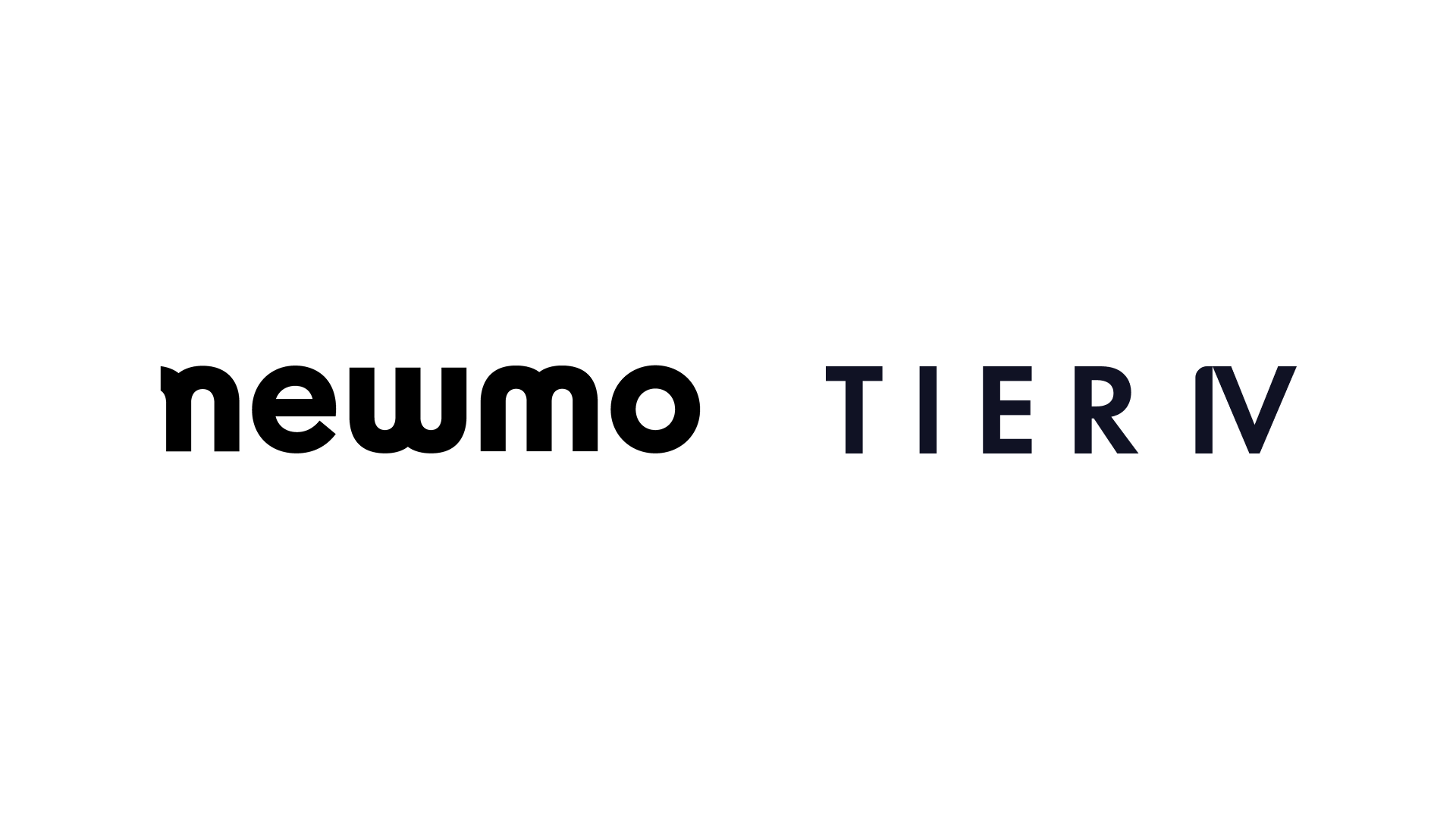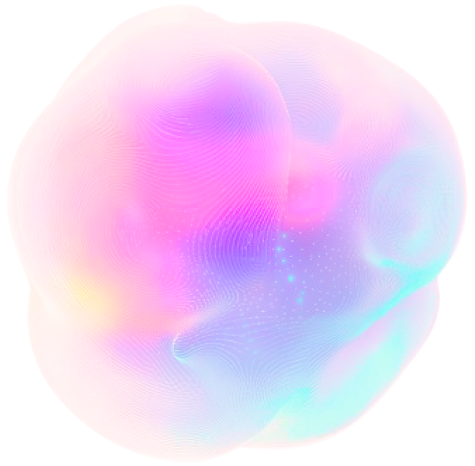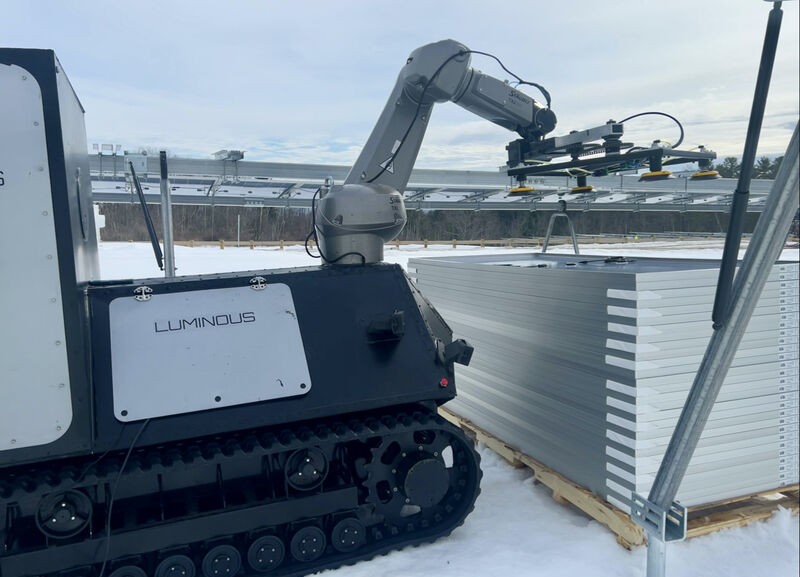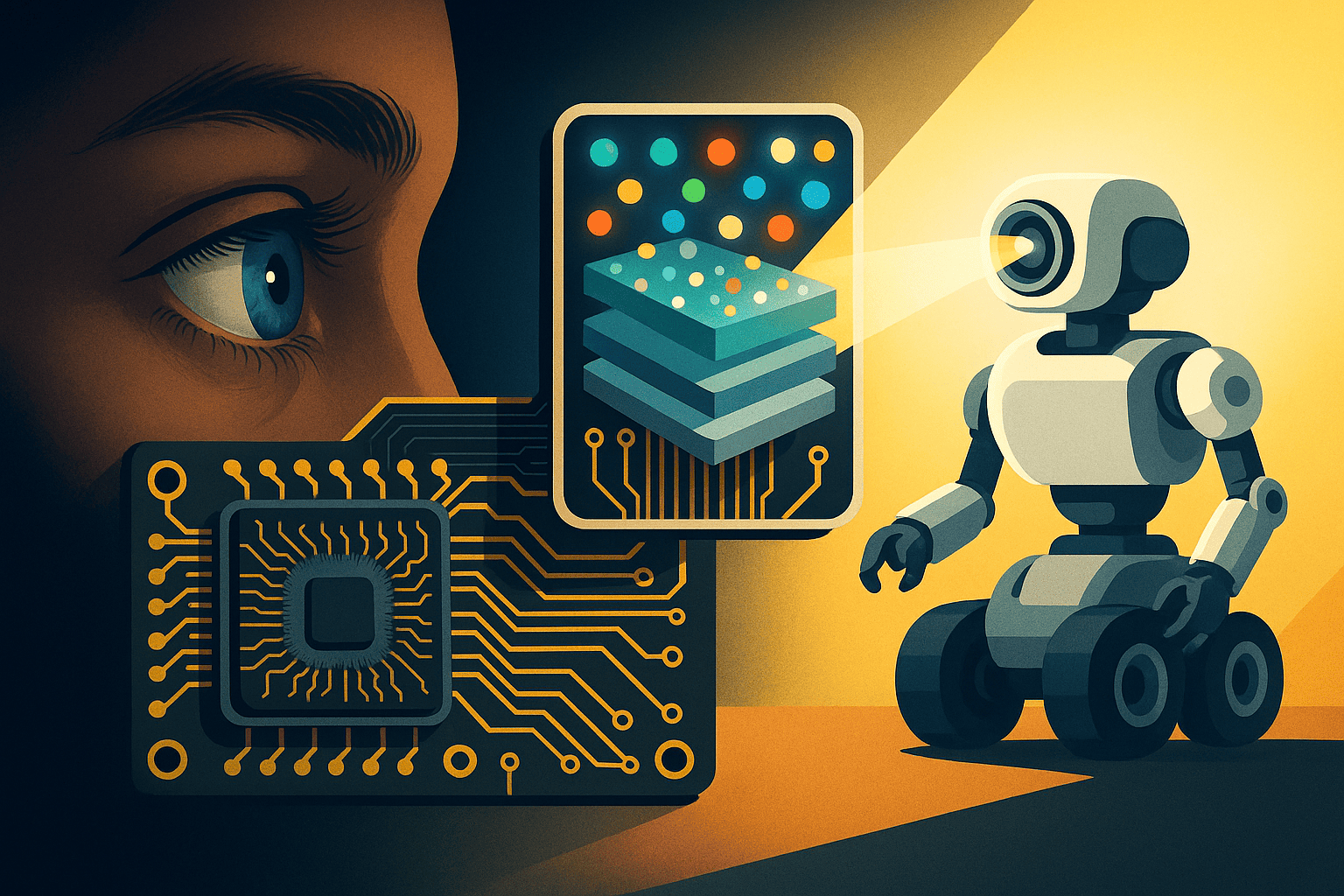Insider Brief
- AI Insider has introduced a seven-layer market mapping framework that presents a full-stack view of the AI ecosystem, addressing the current fragmentation of models, tools, and infrastructure.
- The framework structures over 450 technologies by functional layer—ranging from datacenter hardware to inference, orchestration, and governance—capturing how AI systems are actually developed and deployed.
- By aligning technical flows with strategic decision-making, the model helps organizations and investors identify system-wide bottlenecks, avoid misaligned investments, and build more scalable, secure AI solutions.
The AI market is expanding rapidly — but its structure remains fragmented and difficult to navigate. Most existing market maps focus on isolated components, such as models, applications, or tooling, without offering a cohesive, system-wide perspective. As a result, organizations and investors often make decisions in silos, leading to misaligned priorities — for example over-investing in model training without scalable inference architectures, or adopting orchestration frameworks without addressing underlying data quality or infrastructure gaps.
At AI Insider, we believe a fundamentally different approach is needed. We’ve developed a full-stack market mapping framework that captures the entire lifecycle of AI development and deployment. Organized into seven critical layers — from hardware and data infrastructure to model development, inference, orchestration, and governance — the framework maps over 450 solutions and technologies. Unlike conventional maps that merely group vendors, our model is structured around technology flows: the actual sequence in which AI systems are built, scaled, and governed.
This layered, end-to-end view provides organizations with a strategic blueprint for navigating the complex and fast-evolving AI ecosystem. It helps identify where innovation is accelerating, where systemic bottlenecks and underinvestment persist, and how companies can adapt to build more resilient, scalable AI systems. The result is a more holistic understanding of how different components interact and where the greatest opportunities — and risks — lie across the AI stack.
A Structured Foundation: The Seven Layers
Before exploring specific vendors, it’s important to clearly understand the technologies involved and how each component fits together within the broader AI stack. Once you have that holistic perspective, you’ll be better equipped to find the right solutions—and vendors—to match your organization’s unique needs.
The framework divides the AI ecosystem into seven essential layers, moving from physical infrastructure to software orchestration, culminating in security and governance.
1. Hardware & AI Datacenter Enablers
The base of the AI stack begins with the physical and computational infrastructure. Specialized processors such as GPUs and AI chips, cloud storage, high-speed networking, cooling systems, and virtualization layers define the system’s capabilities.
Companies like NVIDIA, AMD, AWS, Google Cloud, Oracle, Broadcom and Iceotope provide some of these foundations. As AI Insider analysts describe, without stable power systems, efficient cooling, and fast interconnects, the higher layers of AI development would collapse. Infrastructure innovations, including power redundancy and modular datacenters, ensure 24/7 uptime for AI workloads.
You can view this map here and read an introduction here.
2. Data Structure & Processing
Before any model training begins, raw data must be transformed into structured, machine-readable forms. This layer handles the entire journey of data, from initial data storage to integration, cleaning, normalization and embedding into formats AI can use.
Vendors such as Pinecone, Boomi, Tecton, Alteryx, Milvus and Superlinked are examples of data preparation and semantic vectorization solutions. AI Insider analysts note that the quality and robustness of these transformations profoundly influence the accuracy, reliability, and scalability of downstream AI models, making it critical for successful AI deployments.
3. Model Development & Deployment
This layer captures the core of AI intelligence-building. Model training, fine-tuning, deployment, and operationalization occur here, supported by machine learning frameworks and compute accessibility providers.
Leading players include OpenAI, Anthropic, Labelbox, TensorFlow, PyTorch and Modal. Training models requires massive orchestration of data, frameworks and infrastructure, often beginning with large foundation models before fine-tuning them for specific tasks. AI Insider emphasizes that even the best training efforts are useless without effective deployment pipelines that can package models into accessible formats for inference.
4. Inference
After deployment, models are integrated into real-time applications. This layer ensures that models execute efficiently at scale, handling incoming queries and delivering predictions quickly and reliably via microservices architectures and API gateway systems.
Solutions from Vespa, Baseten, OctoML, Kubernetes and Kong offer platforms from inference optimization to API management. Microservices architectures ensure modularity, allowing enterprises to update components independently without disrupting the entire system. AI Insider highlights that responsiveness and reliability at this layer are critical for user experience and operational success.
5. Orchestration
Modern AI solutions rarely rely on a single model. Instead, systems combine multiple models, external tools, and logic chains. Orchestration frameworks manage prompt routing, model chaining, agent reasoning, and complex decision-making pipelines.
Platforms like Kubeflow, LangChain, Haystack, Run.ai, MLflow and Monte Carlo support orchestration. According to AI Insider analysts, orchestration adds cognitive flexibility to AI systems, enabling more sophisticated and autonomous behaviors compared to isolated model deployments. It also introduces essential capabilities like A/B testing, fallback logic, observability, and feedback loops — ensuring reliable, adaptive, and continuously improving AI workflows.
6. Tooling
This layer empowers builders with environments to develop, test, deploy, and scale AI applications. It spans a wide range of solutions, from developer environments and agent builders to data visualization, automation, and cost optimization tools.
Vendors such as Deepnote, Flyte, Crew.ai, Browserbase, Anon, Lightning AI, Stack AI, Replit Agents and Zapier populate this space. AI Insider’s research suggests that advances in this layer dramatically lower the barriers to entry, enabling more companies and developers to launch AI products without deep infrastructure expertise.
7. Security & Governance (Cross-layer)
Spanning all layers, the final piece of the AI Stack focuses on security, privacy, compliance and trust. Risk mitigation, data masking, lineage tracking, adversarial testing, and governance frameworks ensure AI systems operate safely and ethically.
Companies like HiddenLayer, Lakera, Skyflow, Trustible and DataRobot offer solutions to secure the stack. AI Insider stresses that in an era of increasing regulatory scrutiny, this horizontal layer is non-negotiable for enterprises aiming to operate AI systems responsibly.
Philosophy and Methodology
AI Insider analysts approached the mapping process systematically. They first segmented the AI market into core functional areas, simplifying the complexity without oversimplifying the interdependencies. Market research included reviewing hyperscalers, emerging startups and open-source initiatives across all layers.
The result is a modular map that not only describes the current state of AI development but also highlights pathways for future scaling and risk mitigation. AI Insider analysts report that modularity is key: by compartmentalizing layers, organizations can upgrade, scale, or secure parts of their systems without wholesale redesigns.
Sample Companies Across the Stack
The AI Insider market map features notable companies across each of the seven layers, providing real-world examples of how the ecosystem is evolving:
- Hardware & Datacenter: NVIDIA (GPUs), Seagate (storage infrastructure), Supermicro (server racks), Liquidstack (cooling), Juniper (networking infrastructure), Graphcore (AI chips), Oracle (virtualization), LogicMonitor (physical monitoring)
- Data Processing: Azure, Google Cloud, AWS (cloud & logical data storage) Marqo (vector search), Datavolo (data pre-processing), Oxen.ai (embeddings)
- Model Development: Lambda (compute & accessibility provider), OpenAI (foundation models), PyTorch (deep learning framework), Clarifai (data labelling & cleaning), Lamini (training), Hivenet (finetuning), Hugging Face (model hubs), RunPod (deployment)
- Inference: Vespa, Banana, Anyscale (AI inference), PyTorch, Kubernetes (microservices architecture), Tyk.io, WSO2 (API gateway)
- Orchestration: Portkey (prompt & model orchestration), Crewai (agent framework), OpenRouter (model gateway & routing), Galileo (experimentation), Weights & Biases (observability & monitoring)
- Tooling: Langflow (low-code agent builders), Zapier (workflow automation), Gitpod (developer environments), Looker (data visualization), Metaflow (AI OPS), Retool (end-to-end AI app builder), OwnID (agent authentication)
- Security & Governance: AI Shield (AI security), Sarus (compliance)
These companies illustrate the diversity and specialization emerging across the AI landscape, reflecting the need for enterprises to navigate an increasingly intricate ecosystem.
Strategic Implications for Enterprises
The AI Insider market map offers enterprises a structured lens to understand and navigate the growing complexity of the AI ecosystem. Rather than viewing AI as a single technology, the framework reveals it as a layered system where multiple specialized components must interact seamlessly.
Holistic Understanding: By mapping the full AI stack, organizations can better grasp how hardware, data pipelines, model development, deployment, and security interconnect — enabling more informed investment, hiring, and technology decisions.
Example: A bank improves fraud detection by upgrading GPUs (Layer 1), cleaning data with Tecton (Layer 2), and securing inference with Kong (Layer 4).
Informed Strategy Development: Clear visibility into the stack helps enterprises align internal capabilities with external technologies, identify gaps, and plan phased adoption strategies instead of pursuing fragmented initiatives.
Example: A retail brand uses the stack to plan a roadmap: first vector search with Pinecone (Layer 2), then model deployment via Modal (Layer 3).
Market Positioning: Enterprises can use the stack as a reference to evaluate vendor offerings, assess where innovation is happening, and spot underserved layers where strategic differentiation may be possible.
Example: A startup avoids crowded chatbot markets and instead builds a privacy-first agent platform using Skyflow (Layer 7), targeting regulated industries.
Risk and Compliance Awareness: Recognizing that security and governance cut across all layers reinforces the need for continuous oversight, not just after deployment but from the beginning of AI system development.
Example: A healthcare firm embeds governance from day one using Trustible (Layer 7) and Weights & Biases (Layer 5) to ensure HIPAA compliance and model traceability.
Ultimately, the market map serves as both an educational framework and a strategic tool, helping enterprises move beyond piecemeal AI adoption toward building integrated, scalable, and secure AI systems.
What’s Ahead
In the coming months, AI Insider plans to release expanded deep dives into each individual layer, providing more detailed landscape analyses and vendor breakdowns. The team’s goal is to spark broader discussions about where innovation is accelerating, where market gaps remain, and which capabilities enterprises should prioritize over the next 12 to 24 months.
As AI systems grow more complex and interconnected, enterprises need structured frameworks and clear market intelligence to guide decisions. AI Insider offers research and advisory support to help organizations navigate the full AI stack, identify strategic opportunities, and manage risk.
Our mission is to empower leaders with the clarity and foresight needed to build resilient, scalable, and future-ready AI systems.
Click here to download full version of the report.
For more information, or to connect with our analysts, contact us directly at [email protected]
Attachments
- AI Market Map-Excerpt (4 MB)






